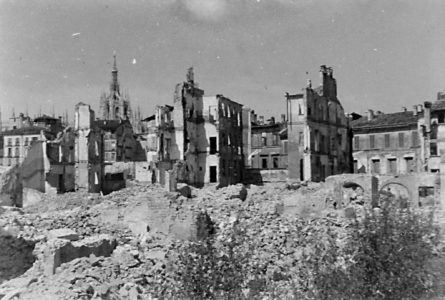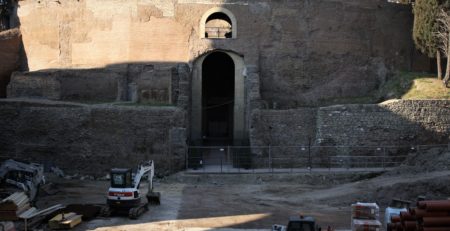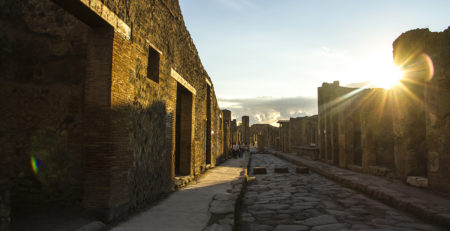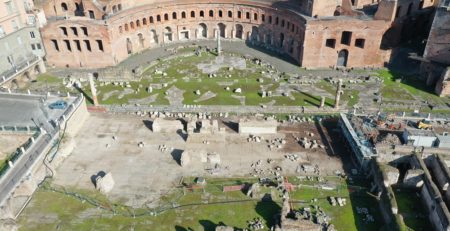Saving Art in Light of the Dystopia: How Da Vinci’s Last Supper Survived WWII
The war-time stories of Europe’s cultural treasures have been coming to the forefront thanks to numerous films and books like, The Rape of Europa, or Monuments Men. Although the damage of war is relentless, artwork survival stories prove that damage to cultural heritage can and should be evitable.

Starting on August 8, 1943, the Allies began rigorously bombing Milan to force the Italian surrender. The historic center of Milan was a strategic objective to hit, even at the expense of numerous monuments and places of culture, including the church of Santa Maria delle Grazie. The latter was the church where Leonardo da Vinci had painted The Last Supper mural directly on one of the walls in 1495. The work is revered as a masterpiece because of Da Vinci’s revolutionary depiction of a lively and emotive Last Supper instead of the previously static depictions.

Late into the night of August 15th, a high-explosive bomb landed a mere 80 feet away from the mural. The church complex was virtually demolished: the roof caved in, the cloister collapsed, and entire walls were blown out.
Luckily, the north wall, which houses the Last Supper, had been reinforced by Italian museum officials in 1940 with sandbags, wooden scaffolding, and metal reinforcements, which prevented the wall from collapsing. Luckily, no fragment of the bomb reached the north wall, setting fire to the sacks or wooden structures.
The bomb had spared Leonardo’s masterpiece only temporarily. Without a roof and without a wall, the delicate microclimate of the refectory was gone. The Last Supper was exposed to the humid Milanese summer, which could cause swellings in the wall and fresco peel offs. Even worse, without a roof a summer storm could wash away entire pieces of the masterpiece.
Father Acerbi, head of the church community of Dominican fathers, ran to check the damage. He and his community had also survived the bombing by a stoke of luck. A few days earlier, they had decided to hide outside the Santa Maria delle Grazie complex. If they had remained in the cellars under the church, they would probably have perished in the same bomb that had hit the cloister.

Acerbi immediately warned authorities of the damage and then drove about 600 kilometers that day to enlist Dominican confreres to help. They shed their robes and put on overalls to start removing rubble. Then, Acerbi managed to obtain waterproof sheets from engineers in Piacenza, to cover the Last Supper from summer storms.
The Last Supper was reopened to the public in 1945. The masterpiece has undergone many restorations since then. And although it may never return to its original glory, the wear and tear on the piece may be seen to only add to the evocative nature of the piece.











